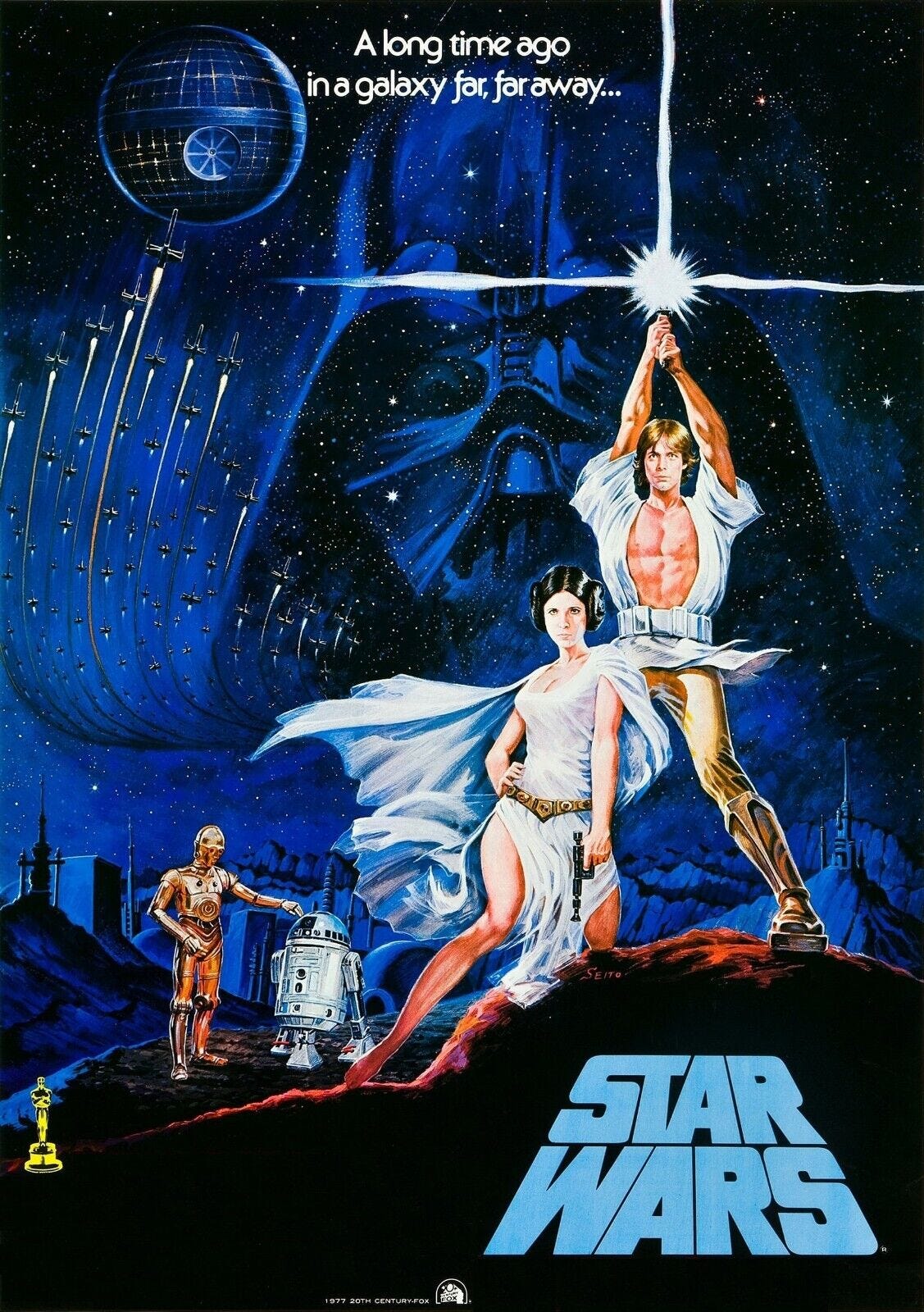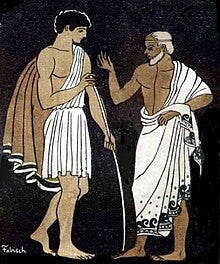Welcome to the Last-Sunday-of-the-month issue of Walking Point with John Dailey.
Before we get started I wanted to tell you that I just recorded an episode of Choices not Chances podcast with Ryan Rogers. It won’t go live for a month or two, but I had a great time. We talked about the Hero’s Journey and how it relates to the preparation and training for combat along with a bunch of other topics. I’ll let you know when it is scheduled to air.
Although my book Tough Rugged Bastards won’t be released until next August, I am starting to make the podcast circuit. Here’s a recent episode of Veteran Made with Carey Kight. If you have a podcast or know someone who does I’d love to discuss appearing. Thanks!
This month we have been talking about the Hero’s Journey. If you are not familiar with it, here’s a quick recap.
Joseph Campbell, a professor of literature at Sarah Lawrence College in NY discussed the Hero’s Journey in his 1949 book, The Hero with a Thousand Faces. In it, Campbell identified a structure common to stories and myths that transcended time and place. Campbell broke the journey down into seventeen distinct components, and while not all of the components need to exist in each story, many of them do. I won’t go in-depth into all of the steps, and I have modified a few slightly, but the basic structure is consistent.
The journey begins with the call to adventure. This call is often initially refused. It is frequently only through some supernatural aid that the hero-to-be answers the call and crosses the threshold dividing the ordinary work from the extraordinary world.
We are of course left to wonder how many adventures go un-adventured because the potential hero never answers the call.
Our intrepid adventurer meets a mentor who will help guide them and a nemesis whom they will battle. They win some fights and lose a few but eventually find themselves at the mouth of the innermost cave.
Last week I talked about the significance of this and how the cave represents the thing we fear the most.
This is the big battle. This is Odysseus vs Ajax, Jack vs the Giant, Dutch vs Predator, Harry Potter vs Voldemort, Neo vs Agent Smith, Rocky vs Apollo…I could go on all day.
The adventurer becomes the hero the moment they enter the cave and although they can’t know it, Campbell says:
“The achievement of the hero is one that they are ready for and it’s really a manifestation of their character. It’s amusing the way in which the landscape and conditions of the environment match the readiness of the hero. The adventure that he is ready for is the one that he gets.”
The hero emerges from the cave transformed. They are more than they were when they entered. They have been symbolically sacrificed and reborn through apotheosis. Our hero receives whatever weapon or wisdom or ability they were seeking, then they are told it is time to return to the ordinary world to bring the boon they have received to the people.
Of course, the hero doesn’t want to return. They have grown to love the extraordinary world, and the power they now hold. Campbell said:
“ The hero of yesterday becomes the tyrant of tomorrow, unless he crucifies himself today.”
And so finally they make the sacrifice of returning with the magic elixir or knowledge whatever the hell they needed to go after in the first place.
The Hero with a Thousand Faces can make for dry reading at times. Campbell’s book and Hero’s Journey theory may have remained little known were it not for the small independent filmmaker who used the steps to write the script for his little space film which premiered on May 25th, 1977. You might have heard of it.
George Lucas noted that Star Wars’ success was based on Campbell’s work, but Cambell didn’t invent the Hero’s Journey, he just noticed it. This cycle has appeared in tales and myths and creation stories across the globe for as long as stories have been told and recorded.
The reason for this of course is because we are a story telling people. The argument has been made that our ability to tell stories is responsible for our achievements as homo sapiens.
We tell stories that reveal things about our lives, stories that pass on wisdom wrapped in metaphor and symbolism.
“Mythology, in other words, is psychology misread as biography, history, and cosmology.”
― Joseph Campbell,
The key takeaway is that each of us has the opportunity to take up the mantle of the hero or heroine. It is a choice we make each day to answer the call to adventure. To view each day as an adventure and an opportunity to overcome adversity.
The opposite of the hero is the victim. Following WWII while working with veterans who returned home with what we would today call PTSD, psychiatrists began to expand on Freud’s work and developed the psychoanalytic theory of transactional analysis. This recognized that in social interaction we play different roles. Later, a dude named Dr. Stephen B. Karpman came up with the Karpman triangle shown below.
The idea is that if we view ourselves as the victim others will be cast in the roles of persecutor and savior. To borrow and modify a line from the once-funny redneck comedian Jeff Foxworthy: if everybody you meet is out to get you… You just might be a victim.
You may or may not even know that you have been cast in the role of Persecutor, But you will certainly know if you have been tapped for the role of savior. And while it might sound pretty cool, and you might even grow to enjoy it, it is not a role you want to play. The savior is an enabler keeping the victim in their staring role.
A fellow named David Emerald Womeldorff built on the work of Karpman and wrote a book called T.E.D Which has nothing to do with TED Talks but rather stands for The Empowerment Dynamic. This is a reversal of the Karpman triangle which I have slightly modified.
If the person you go to with your troubles always commiserates with you, curses the evil persecutors, lets you cry on their shoulder, and always tells you what you should do, you might be relying on a savior.
A mentor on the other hand will be pretty quick to encourage you to pull your sword, get your ass in the cave, and start swinging.
We get the word mentor BTW from The Odyssey. In the story, Mentor was a friend and advisor of Odysseus who was entrusted to look after his son while he went to fight.
The mentor can advise but you have to walk point.
“You enter the forest at the darkest point, where there is no path. Where there is a way or path, it is someone else’s path. You are not on your own path. If you follow someone else’s way, you are not going to realize your potential.” – Joseph Campbell
Ultimately, the role we play and how we cast those around us is our choice.
It is a choice to change our view of the persecutor to the challenger. A challenger makes us better. No one runs a world record time in training. It takes someone to push you.
It’s our choice to ditch the savior who allows us to be the victim and seek out a mentor who will help prepare us for the journey and battles of the extraordinary world.
It is a choice to change our view of ourselves from victim to hero. We just need to answer the call to adventure, and the first step is to wake up every morning listening for it.
Our daily adventures may not include battling the hydra, defeating the T-800, or destroying the Zenomorpf XX121, but real life can be enough of an adventure.
It can be harder to fight a million mice than one dragon.
You’ve got to keep swinging. And, at the end of the day, I think that is the goal.
In November, we’ll be getting organized. Please join in and bring a friend.













This line sums up my life perfectly: It can be harder to fight a million mice than one dragon.
Thanks for the thought-provoking piece.